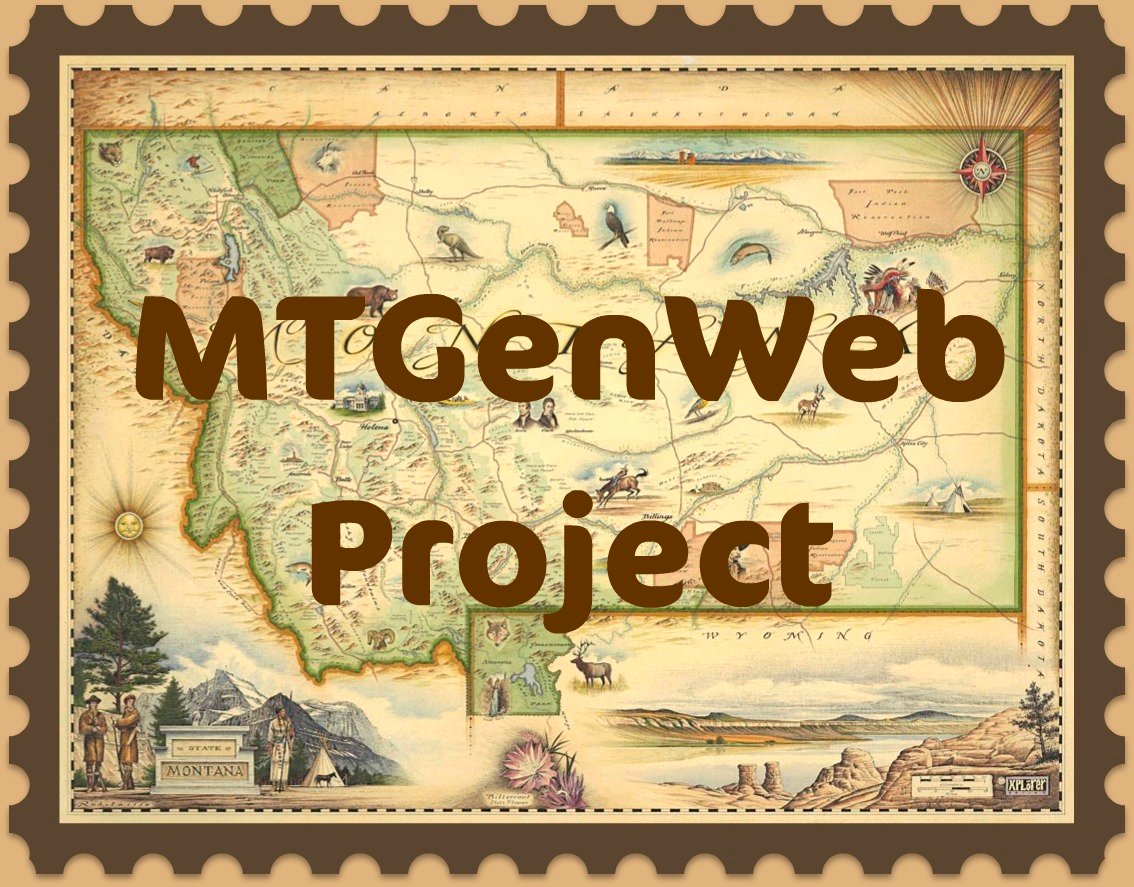 -
- 
We Call it the “Bozeman Trail”
28
March 2003 (Added McIntyre’s Comments)
As noted in the South Hills
Trails research, there are numerous trail-tracks leading from the
Jim Bridger was directed by Col.
Carrington to establish the
This trail saw very little wagon
train activity, as it was in operation for only two months. After that time
period, the trail was closed, and a supply wagon train route, created by Jim
Bridger on his return from leading the Kirkendall train to the gold fields, was
used by the supply wagons of Perry McAdow and Nelson Story until 1868, when
Fort C. F. Smith was closed. This portion of the route, called the
The
1. About
one mile before the town of Pryor & east to Smallpox Creek
2. Starting
at Deep Creek, for one mile towards Hay Creek
3. Meets
the Hwy at the Hay Creek crossing
4. Joins
the Hwy as it passes through the East Pryor Creek crossing
5. Intersects
the Hwy ½ mile before reaching the Point Creek crossing
In traversing the Crow Indian
Reservation, the Bozeman Trail’s position, relative to the present highway
location is as noted in the table below ![]() . The trail locations are reported as close as possible from scaling
the aerial topographic maps, and material processed in the South
Hills Trails. The trail itself in most instances
is expected to be near the locations indicated. After the Sioux Wars were
concluded, the Crow Reservation area was opened for freighting and many deep
ruts were created in the landscape by the wagon heavy loads. There were
numerous freighters and ranchers who serviced the area. It is therefore
expected that the majority of the actual Bozeman Trail, as used by the few
emigrants who passed through it over a two-month time span, has simply
vanished. Although numerous wagon ruts are visible throughout the area, most of
them are quite deep, and probably from the freighting and supply wagons in the
area from about 1878 through the mid 1910's. Distinguishing one type of rut
from another isn’t really practical.
. The trail locations are reported as close as possible from scaling
the aerial topographic maps, and material processed in the South
Hills Trails. The trail itself in most instances
is expected to be near the locations indicated. After the Sioux Wars were
concluded, the Crow Reservation area was opened for freighting and many deep
ruts were created in the landscape by the wagon heavy loads. There were
numerous freighters and ranchers who serviced the area. It is therefore
expected that the majority of the actual Bozeman Trail, as used by the few
emigrants who passed through it over a two-month time span, has simply
vanished. Although numerous wagon ruts are visible throughout the area, most of
them are quite deep, and probably from the freighting and supply wagons in the
area from about 1878 through the mid 1910's. Distinguishing one type of rut
from another isn’t really practical.
|
Tp 5S - East Boundary Reference of
Section |
Range Location |
Miles N or S of Hwy (1) |
|
6 |
26 E |
0 |
|
5 |
26 E |
0 |
|
4 |
26 E |
0 |
|
3 |
26 E |
0 |
|
2 |
26 E |
.5 N |
|
1 |
26 E |
.8 N |
|
6 |
27 E |
0 (2) |
|
5 |
27 E |
0 |
|
4 |
27 E |
.7 N + Intersection of trails |
|
3 |
27 E |
0 |
|
2 |
27 E |
0 |
|
1 |
27 E |
0 |
|
6 |
28 E |
.3 N |
|
5 |
28 E |
.5 N |
|
4 |
28 E |
.6 N |
|
3 |
28 E |
1.8 N |
|
2 |
28 E |
3.1 N |
|
1 |
28 E |
3.5 N |
|
6 |
29 E |
3.3 N |
|
5 |
29 E |
.6 N |
|
4 |
29 E |
.3 N |
|
3 |
29 E |
1.8 S |
|
2 |
29 E |
2.4 S |
|
1 |
29 E |
3.5 S |
|
|
|
|
(1)
Reference 1996 USGS Topo Map, BIA # 19 Trail Route to St. Xavior Mission
(2)
At this location, Sawyers 2nd Expedition turned southwest, and
passed through a deep-walled canyon area for approximately three miles. Some of
the members of his party stated in their diaries that they passed through
“Pryor Gap.” This is a general phrase used by the emigrants to denote passage
through the cliff-sides entering the river area channel formed alongside of
Pryor Creek. It does not reflect that they passed through the gap between the
Lorenz J. McIntyre Comments – Published in the
Lorenz conducted
an extensive examination of the John Bozeman Trail in an effort to locate its
passage and route. Details are mainly in areas on both sides of the Yellowstone
County, but the following depicts the route as it entered and passed through
the local area: “Some 20 miles from the Powder River it crossed Crazy Woman
Creek and ran directly to the forks of Piney Creek, passing along the west
shore of Lake DeSmet and west of the present town of Buffalo, Wyoming. United
States Highway No. 87 between
Comment:
The trail depicted above and as recorded on the survey maps is basically the
route established by James Sawyers during his 2nd Expedition in
1866, and is recorded on the survey maps. John Bozeman, according to the
diarists in his train, actually traveled northwest from the Big Horn crossing,
reaching Sacrifice Cliff, and descending (via ropes) onto the valley floor
across from where Coulson would be located.